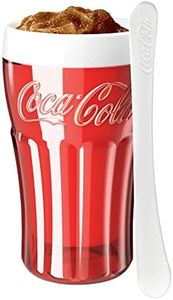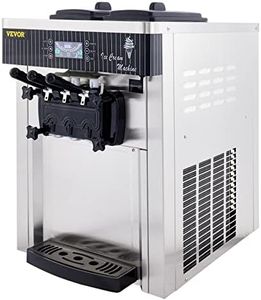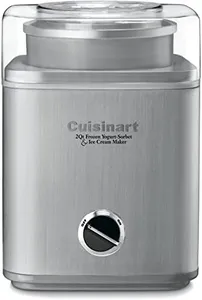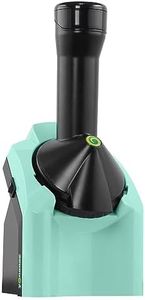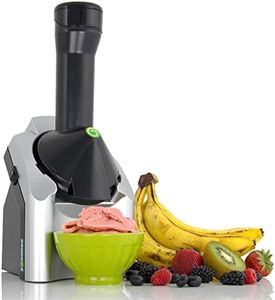10 Best Soft Serve Ice Cream Machines 2025 in the United States
Our technology thoroughly searches through the online shopping world, reviewing hundreds of sites. We then process and analyze this information, updating in real-time to bring you the latest top-rated products. This way, you always get the best and most current options available.

Our Top Picks
Winner
Ninja Swirl by CREAMi Ice Cream and Soft Serve Maker, Sorbet, Milkshake, Frozen Yogurt, Low Calories Program & More, 13-in-1, Soft Serve Handle, (2) CREAMi Swirl 16oz Pints, For Kids & ALL ages, NC701
Most important from
430 reviews
The Ninja Swirl (NC701) is a versatile soft-serve and ice cream maker designed for home use, especially great if you enjoy experimenting with different frozen treats. It offers a 16-ounce capacity per pint, which is perfect for small batches, making it ideal for families or individuals rather than large gatherings. This model shines with its 13 one-touch programs, including six dedicated to soft serve varieties like Frozen Yogurt and Swirled Frozen Yogurt, giving you lots of flavor and texture options. The built-in CreamiFit program is a nice feature if you're looking for lower-calorie or high-protein options. The machine’s automatic soft serve handle with three speed settings makes swirling cones easy and fun for all ages.
Its compact size (about 15 by 10 by 17.5 inches) and 20.8-pound weight mean it fits comfortably on most kitchen counters but is a bit heavy to move around frequently. The cooling system is built-in and efficient for quick freezing, but the 16-ounce capacity limits making larger quantities at once. Power-wise, it plugs into a standard home outlet with automatic operation and a built-in timer, so it’s user-friendly with minimal fuss. Cleaning is simplified by dishwasher-safe parts, including the pints and paddles, which helps reduce post-use hassle.
The smaller capacity and need to prepare in batches might not suit those wanting to make large amounts quickly. Also, while it’s versatile, it may take some practice to master the swirl settings perfectly. If you want a fun, customizable soft-serve maker that doubles as an ice cream and sorbet machine with health-minded options, the Ninja Swirl is a solid choice that balances ease of use with creative control.
Most important from
430 reviews
Buying Guide for the Best Soft Serve Ice Cream Machines
Choosing the right soft-serve ice cream machine can be a delightful yet challenging task. The perfect machine for you will depend on your specific needs, whether you're a small business owner, a large restaurant, or a home enthusiast. Understanding the key specifications and how they align with your requirements will help you make an informed decision. Here are the essential specs to consider when selecting a soft-serve ice cream machine.FAQ
Most Popular Categories Right Now
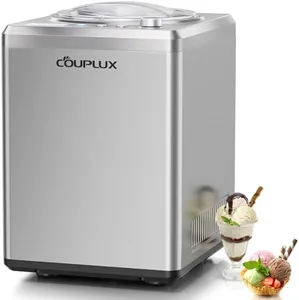

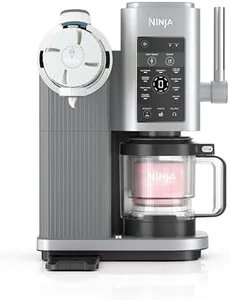
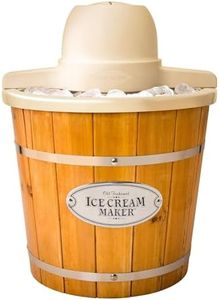
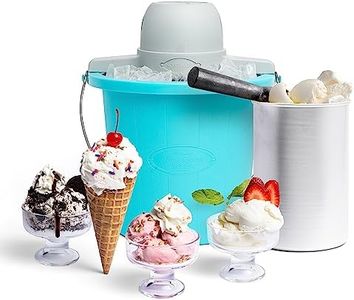
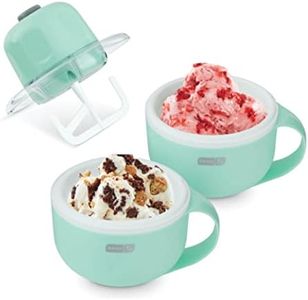
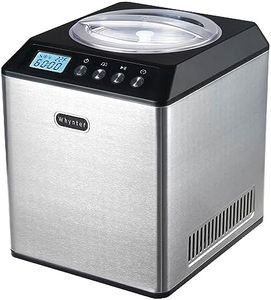
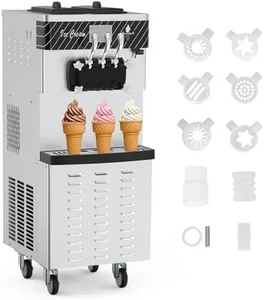
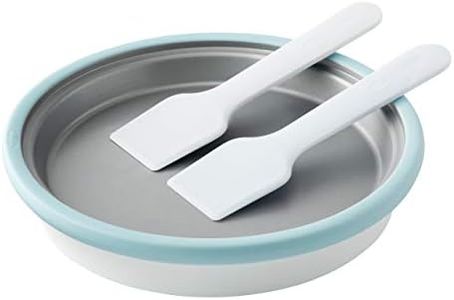
![Zulay [2 Pack - 1 Quart Each] Large Ice Cream Containers For Homemade Ice Cream - Reusable Ice Cream Container Set with Lids - Ice Cream Pint Containers For Sorbet, Gelato, Frozen Yogurt (Green)](https://images-proxy.bestreviews.guide/yKrX6PPB6LozJvQk-ya72juyr6U=/0x300/https://m.media-amazon.com/images/I/31GQyyjz6jS._AC_CX679_.jpg)
